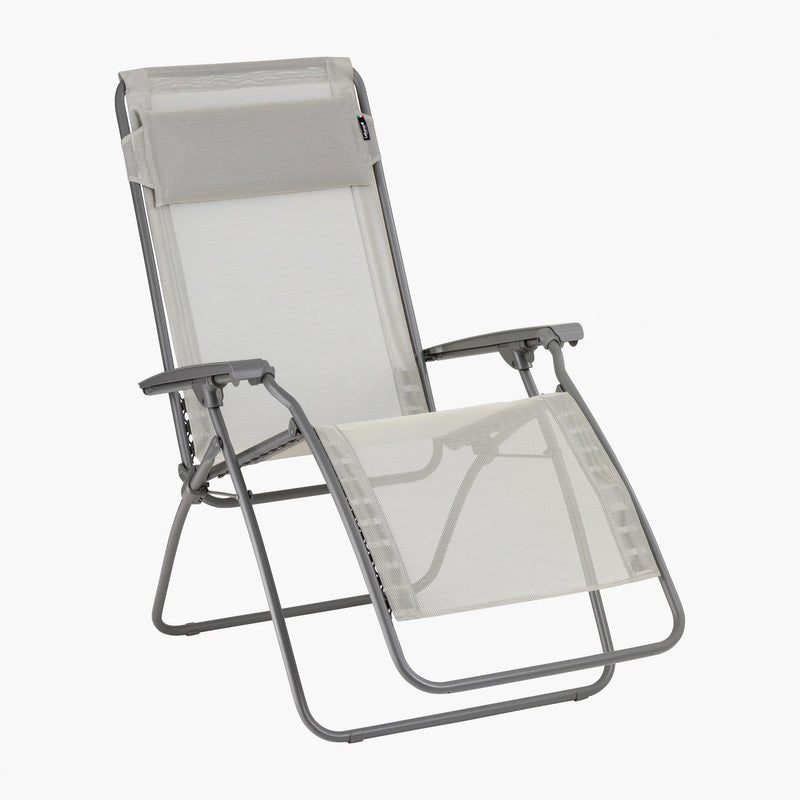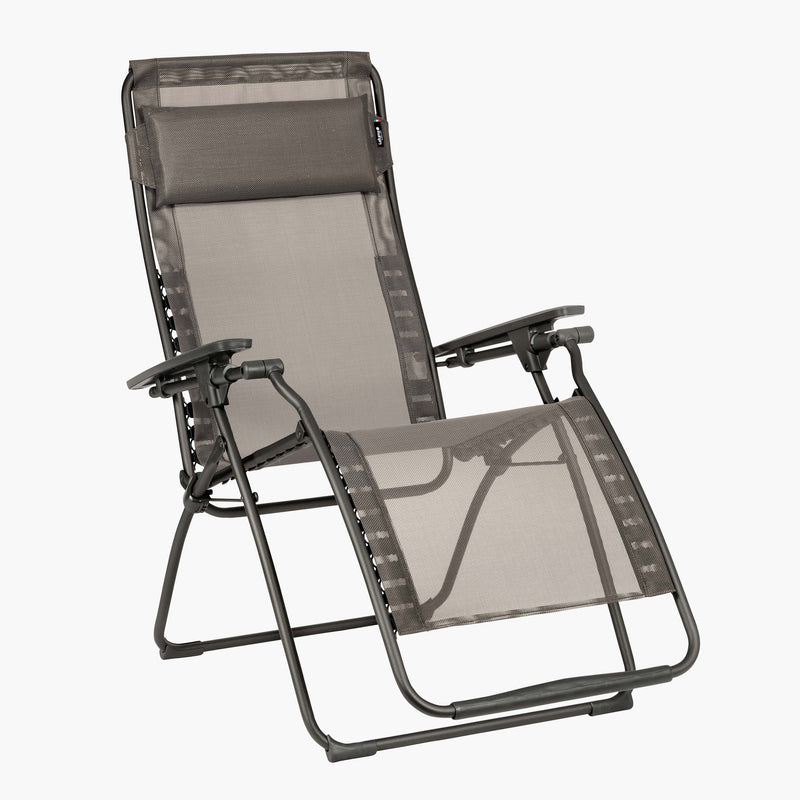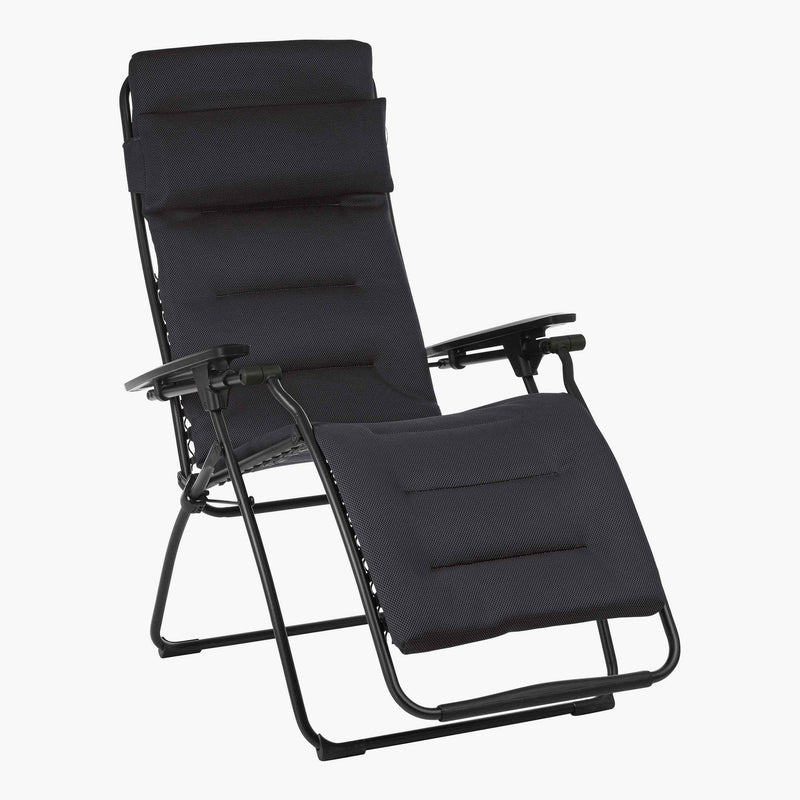What is the best surface material for an outdoor table?
Your patio or backyard can benefit from the functionality and style added by outdoor furniture, which will make it more comfortable and convenient for you to enjoy the outdoors. Yet, selecting the appropriate outdoor furniture can be difficult because there are so many things to take into account, such as the materials used, durability, and weather resistance. Three frequently asked questions about outdoor furniture will be covered in this article: What kind of surface is ideal for an outdoor table? How durable are folding tables? Is it possible to leave patio furniture outside throughout the winter?
There are several things to take into account when deciding on the ideal surface for an outdoor table, including the materials utilized, longevity, upkeep, and aesthetic appeal. These are some popular choices for outdoor tables.
1. Wood: Due to its warmth and natural beauty, wood is a popular material for outdoor table tops. Yet, when it comes to outdoor use, not all woods are made equal. Teak, cedar, and redwood are some of the most widely used woods for outdoor furniture because they are inherently resistant to rot, decay, and insect harm. Some kinds of wood, including pine and spruce, are less resilient and need upkeep regularly to keep from weathering and warping.
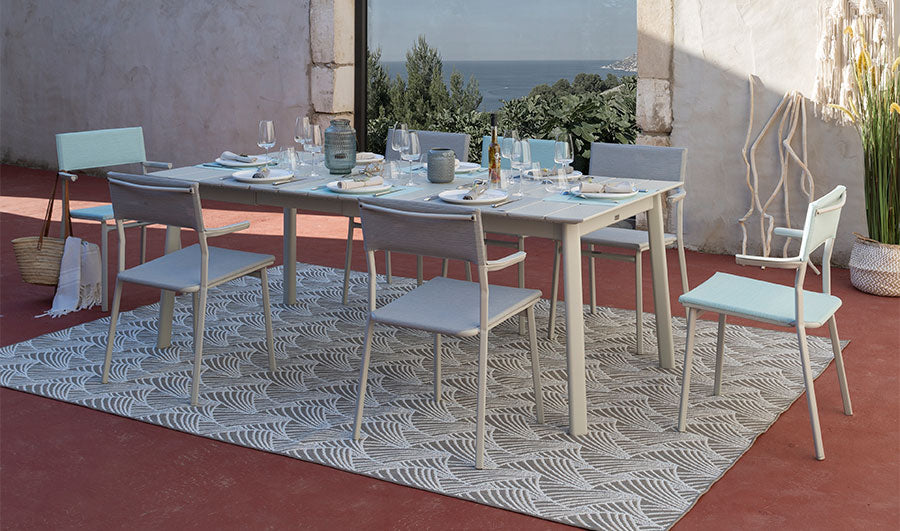
2. Metal: Surfaces for outdoor tables can be made of this tough and adaptable material. Due to their resistance to rust and corrosion, aluminum and stainless steel are popular materials, while wrought iron is prized for its intricate designs and sturdiness.
3. Glass: Glass tables can give your outdoor area a sense of class and elegance. They work with a variety of table bases and frames and are simple to clean. Glass tables can, however, be brittle and break if dropped or exposed to sharp temperature variations. To maintain them spotless and free of streaks and smudges, they could also require more upkeep.
4. Plastic: Plastic tables are a popular option for outdoor use because they are lightweight, inexpensive, and simple to clean. They may be readily relocated or stored when not in use and come in a variety of colors and styles. Plastic tables, however, could not be as strong or attractive as other materials, and they might end up looking cheap.
Ultimately, your individual demands and tastes will determine the ideal surface for an outdoor table. A wood table can be the finest option if durability and natural beauty are your top priorities. A plastic or metal table may be more appropriate if you want a low-maintenance alternative that is simple to clean and move around.
How long do folding tables last?
A folding table's lifespan can vary based on several variables, including the table's quality, how frequently it is used, and the usage and storage environments.
A high-quality folding table can last for many years, even with frequent usage, if it is composed of sturdy materials like steel or aluminum frames and high-density polyethylene (HDPE) plastic or wooden tops. But, less durable tables built of less expensive materials could only last a few years before they start to show signs of wear.
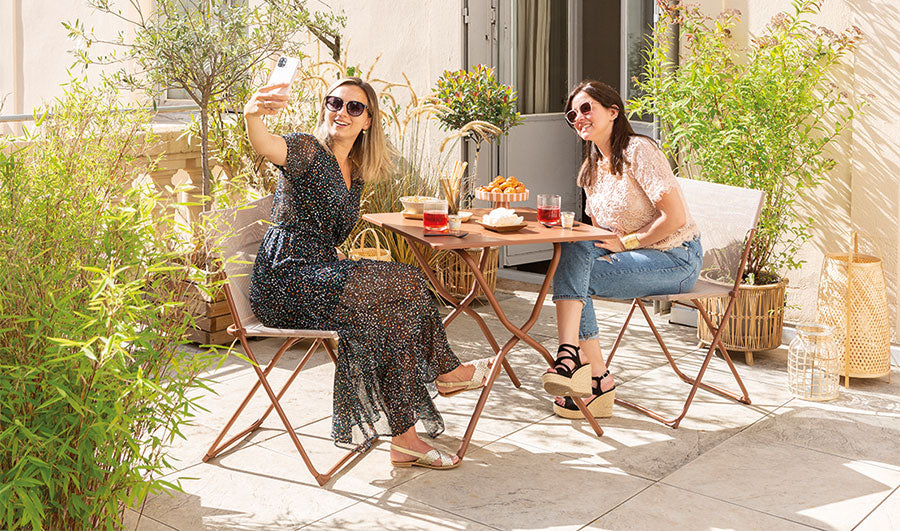
Another very crucial aspect that you must take into account is the frequency of use. The tables that are often used or subjected to significant weight loads may experience faster wear and tear or damage than those that are only sporadically used or utilized.
A foldable table's lifespan can also be increased with appropriate storage. Folding camping tables should be kept in a dry, clean location away from extremes of heat, cold, or moisture while not in use. A table may be more prone to rusting, warping, or other types of damage if it is exposed to the elements or other extreme conditions.
A well-cared-for folding table can often last anything from a few years to several decades. To ensure the longevity of the table, it's crucial to conduct research on its quality and to follow the appropriate maintenance and care measures.
Here are some pointers that can help your folding table last longer:
1. Choose a sturdy table: The lifespan of your folding table can be significantly impacted by the caliber of the materials utilized in its construction. Avoid tables constructed from weak or lightweight materials that are prone to warping or bending and instead go for tables made from sturdy materials like steel, aluminum, or hardwoods.
2. Keep your table appropriate. Although folding tables are made to be compact and portable, they nevertheless need to be stored carefully to avoid deterioration. When not in use, keep your table in a dry, spotless location, and avoid piling heavy objects on top of it.
Can outdoor furniture be left outside in the winter?
The type of furniture, the climate where you live, and the amount of exposure to the weather are some of the variables that determine whether outdoor furniture may be left outside in the winter. Generally speaking, outdoor furniture can be left outside during the winter, but it is crucial to take precautions to safeguard it from harm.
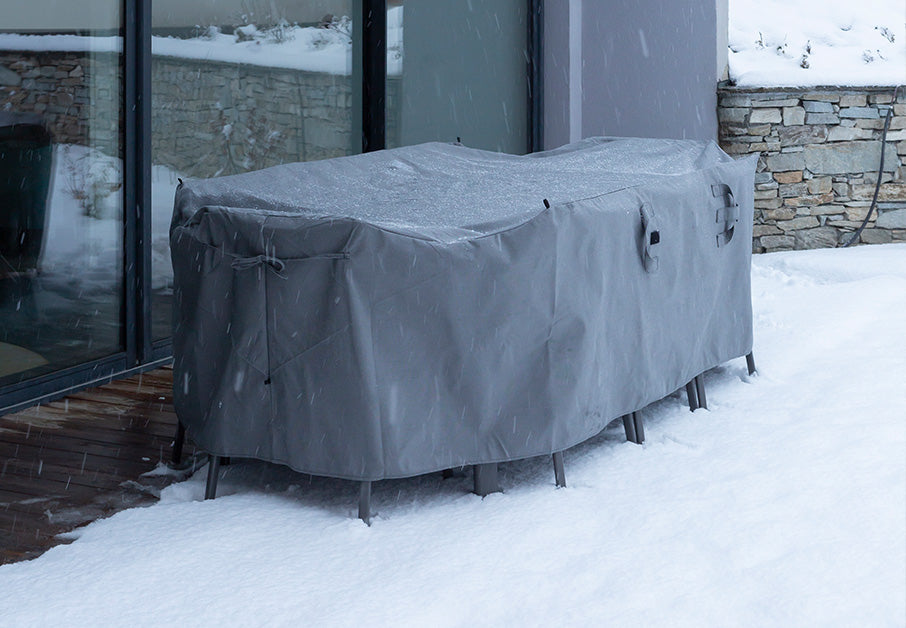
Furniture made of metal and plastic: Compared to wood or fabric, furniture made of metal and plastic is typically more robust and weather-resistant. The majority of the time, these materials can be kept outside during the winter without any additional safety measures, but it's still a good idea to cover them with a tarp or furniture cover to keep damp, snow, and ice off of them.
Wooden furniture: It's vital to take extra precautions while leaving wooden furniture outside during the winter since it is more vulnerable to harm from moisture, temperature changes, and pests. If you decide to leave wooden furniture outside, ensure sure it is protected from moisture with a weather-resistant treatment, such as polyurethane. To stop moisture from penetrating, you should also cover wooden furniture with a tarp or furniture cover.
Fabric furniture: To protect it from dampness and freezing temperatures, fabric furniture, such as outdoor cushions and hammocks, should be kept indoors over the winter. Consider wrapping fabric furniture with a weather-resistant cover to keep it dry and clean if you don't have room to store it indoors.
In conclusion, it is possible to leave outdoor furniture outside during the winter, but it is crucial to take precautions to keep it safe. You may effectively safeguard your outdoor furniture throughout the winter by covering it with a tarp or furniture cover, bringing hardwood furniture inside, or bringing fabric furniture inside. You can make sure that your outdoor furniture lasts for many years by taking these steps.
